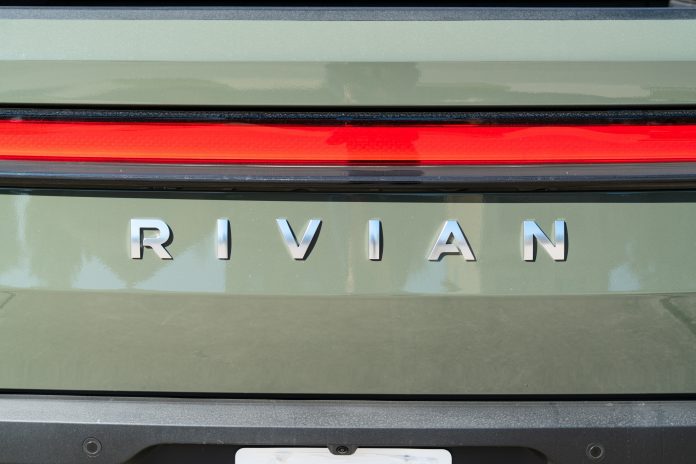Rivian, the luxury electric vehicle (EV) brand, is making significant strides in reducing production costs as it aims to turn its first profit. CEO and founder RJ Scaringe highlighted that the cost of building Rivian’s vehicles has “improved dramatically” due to new supplier contracts, production upgrades, and efficiency measures.
In 2023, Rivian delivered over 50,000 vehicles, more than doubling its output from the previous year. The R1S model was the fourth best-selling EV in the U.S. through Q1 2024, trailing Tesla’s Model Y, Model 3, and the Ford Mustang Mach-E. However, Rivian saw a slight decrease in deliveries in Q1 2024, with 13,588 vehicles delivered compared to 13,972 in Q4 2023.
Additionally, Rivian anticipated a slowdown in deliveries due to a planned production shutdown at its Normal, Illinois plant in April 2023. This shutdown allowed for significant cost reductions in material expenses. Scaringe noted that the second quarter would be “messy” from an investor perspective due to the shutdown, but the benefits of these cost reductions would become more apparent in Q3 2024.
Rivian’s efforts to cut costs include:
- Negotiating new supplier contracts.
- Increasing production line efficiency by 30% with hundreds of new robots.
- Simplifying the design of its vehicles.
The EV maker has eliminated 100 steps from battery production, 52 pieces of equipment from the body shop, and over 500 parts from the R1T and R1S models.
During a recent factory tour, Scaringe told Reuters that these upgrades resulted in a 35% cost reduction in materials for Rivian’s vans, with similar savings expected for other vehicles. These changes have been in negotiation for two years, ensuring that Rivian is not merely hoping for lower costs but has concrete plans in place.
Despite the significant improvements, Rivian still faces challenges. The company’s gross vehicle margins have improved over the past year, with losses per vehicle decreasing from $67,300 in Q1 2023 to $38,784 in Q1 2024. Rivian expects these cost savings to help achieve a positive gross margin by the end of the year. The company ended Q1 2024 with just under $8 billion in cash and equivalents to launch its upcoming, more affordable R2 model.
The R2 model, priced at $45,000, has already garnered significant interest, with over 68,000 reservations in less than 24 hours. Production of the R2 will begin at the Normal plant in early 2026. This decision to use the existing plant rather than a new facility in Georgia saved Rivian $2.25 billion and accelerated the launch timeline. The Normal plant’s capacity will increase to accommodate 155,000 R2 units out of a total future capacity of 215,000 vehicles, up from the current 150,000 vehicles.
Rivian’s strategic cost-cutting measures and production efficiencies are positioning the company for profitability and expansion, setting the stage for its next chapter in the competitive EV market.




